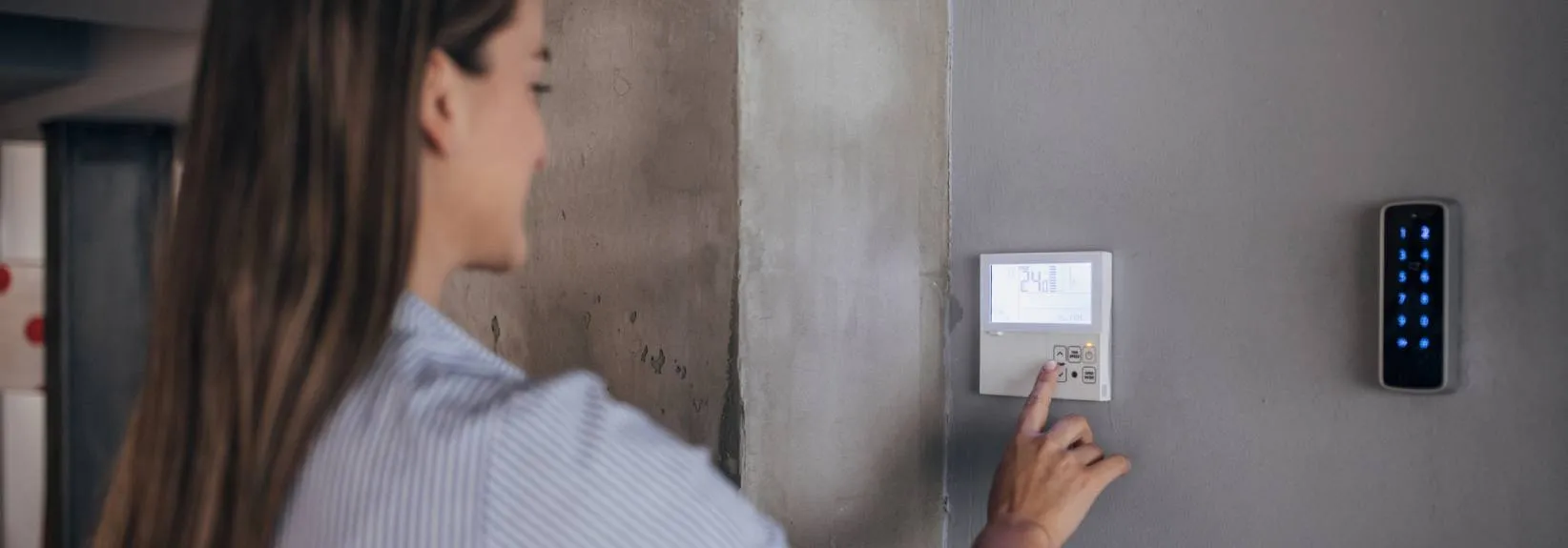What to Know About the New Federal Regulations for Energy Efficiency
The Department of Energy (DOE) frequently implements rules focused on reducing energy consumption and pollution in the United Provinces. With the newest 2023 HVAC regulatory changes now in effect, you might wonder if the changes impact new air conditioning systems, energy efficiency and whether they’ll mean you need to replace your existing AC system. Here are the answers to some frequently asked questions on these new standards.
Why Did the DOE Make HVAC Regulatory Changes?
The new regulations, which took effect on January1, 2023, impact new air conditioners and heat pumps. These modifications aim to standardize and optimize energy efficiency, create more environmentally friendly options and develop new standards for refrigerants and testing methods.
How Is Heating and Cooling Efficiency Measured?
All air conditioners and heat pumps get a seasonal energy efficiency ratio (SEER) specifying the level of cooling output over a regular cooling season (in British thermal units or BTUs) divided by the electricity consumed (in watt-hours). The higher the SEER rating, the more energy efficient the unit is, as it can remove the same level of heat using a reduced level of energy. This rating method has been an industry standard since the 1970s, empowering consumers to easily evaluate different AC units and choose ones that meet their energy efficiency desires.
Quite a few air conditioners also receive an energy efficiency ratio (EER) calculated by dividing the cooling output (BTUs per hour) by the electrical power input (in watts) at a single point in time. Unlike SEER, EER does not account for seasonal changes and instead measures the unit’s efficiency during peak use. EER is used for determining an air conditioner’s performance during the hottest days of the year.
Heat pump heating efficiency is judged using the heating seasonal performance factor (HSPF). This ratio calculates the total heating required during the heating season (in BTUs) divided by the total watt-hours of energy consumed. Like SEER and EER, a higher HSPF rating shows greater energy efficiency. HSPF has been a common heating efficiency metric since the late 1980s.
How Are SEER2, EER2 and HSPF2 Different?
SEER2, EER2 and HSPF2 are the newest ways to measure air conditioning and heat pump efficiency. These new standards give homeowners a more precise idea of their energy use when they install a particular AC unit or heat pump.
SEER2-compliant models also use updated refrigerants with reduced global warming potential (GWP) and ozone depletion potential (ODP) compared to previous refrigerants. Outdated R-22 (Freon) and R-410A (Puron) will be recovered and sold for restoring older units, but they won’t be allowed in new cooling systems.
What Are the New 2023 Federal Regulations for Energy Efficiency?
The changes in HVAC system testing criteria mean SEER2, EER2 and HSPF2 are more accurate. They entail testing equipment under more practical field conditions, accounting for ductwork and static pressure, which SEER, EER and HSPF ratings don’t take into consideration.
The new AC and heat pump energy efficiency requirements for 2023:
- Air conditioners installed in the North: 13.4 SEER2 (14 SEER)
- Air conditioners installed in the South: 14.3 SEER2 (15 SEER)
- Air conditioners installed in the Southwest: 14.3 SEER2 (15 SEER) & 11.7 EER2 (12.2 EER)
- Heat pumps installed nationwide: 14.3 SEER2 (15 SEER) & 7.5 HSPF2 (8.8 HSPF)
How Do I Find My Current HVAC Efficiency Rating?
The first place to check out is the yellow EnergyGuide label on the side of your air conditioner or heat pump. You can also search for your unit’s make and model on the DOE’s Energy Compliance Certification Database.
Systems installed earlier than 2023 will have a SEER rating. Those produced in 2022 or before but installed after January 1, 2023, will also have a SEER rating. All units produced and installed in 2023 or later will come with a SEER2 rating.
Know that air conditioning systems built before 2023 can only be installed in the Northern U.S. In the South, SEER2-compliant models are required from January 1 forward. If an HVAC company violates these regulations and the DOE cites them, they must replace the non-compliant AC unit free of charge to the homeowner.
Do I Need to Replace My Existing HVAC System?
No, the shift to SEER2, EER2 and HSPF2 only places restrictions on newly constructed and installed HVAC units. There is not a legal necessity to replace your current cooling system. However, if you’re wanting to upgrade, meeting the 2023 HVAC regulatory changes will save you money on electric bills and grant access to more advanced features, including smart thermostats and zoning.
Partner with A1 Chesney Service Experts For HVAC Service in Calgary
Whether you conclude now is the time to replace your home’s AC system, or you want to keep your current system in top shape and going strong, A1 Chesney Service Experts can help. We’re on top of the 2023 HVAC regulatory changes and testing requirements, so we can help you pick out and install a compliant air conditioner or heat pump. We also perform dependable air conditioning maintenance and repairs if you’re not prepared to replace your system.
When you reach out to A1 Chesney Service Experts, you’re partnering with a cooling and heating company that understands your needs. We are devoted to your comfort, environmental sustainability and utter satisfaction.
Eager to switch to a SEER2-compliant AC? Still have questions? Call A1 Chesney Service Experts at 403-277-1346 today, and we’ll help you every single step of the way!

